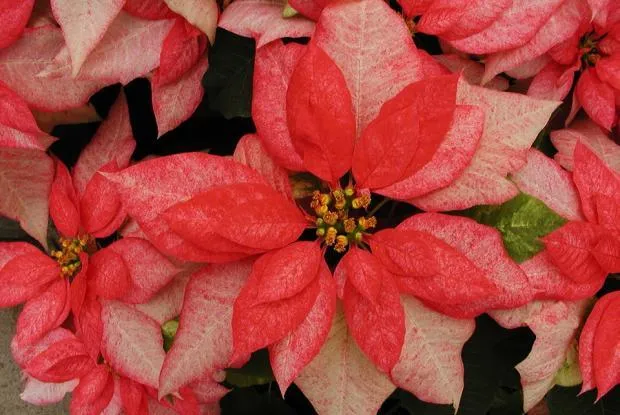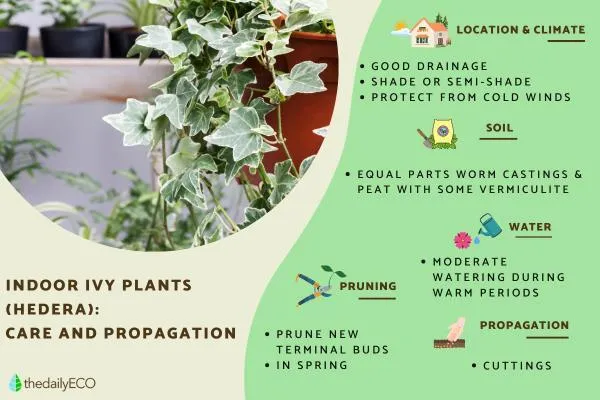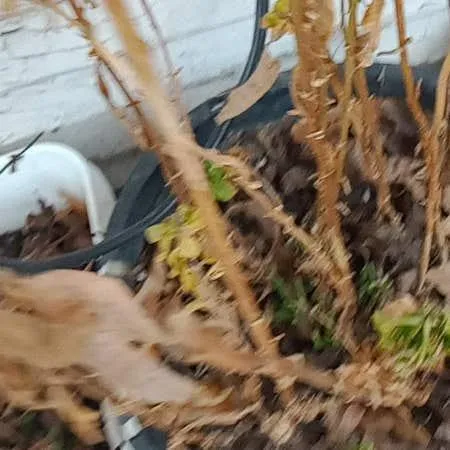A Comprehensive Guide to Caring for English Ivy
English ivy (Hedera helix) is a popular climbing vine that is used extensively for ground cover and climbing gardens. With its thick evergreen foliage and ability to cling gracefully to surfaces, it can beautifully cover walls, trellises and other structures. However, caring for English ivy requires some patience and commitment to maintain its lush growth and prevent it from becoming unruly. In this detailed guide, I will cover all aspects of English ivy care from planting, watering, pruning to pest control and overwintering based on my 15 years of experience as a gardener.
Choosing the Right Variety
There are over 150 cultivars of English ivy available with variations in color, texture and growth habit. Some common types are:
- Green ivy: As the name suggests, it has traditional dark green leaves.
- Variegated ivy: Features creamy white or yellow variegation on green leaves.
- Gold child ivy: Has bright chartreuse new growth that matures to lime green.
- Big leaf ivy: Large, lush leaves that grow well in partial shade.
Consider the appearance, growth rate and your site conditions to pick the perfect cultivar for your space.
Planting English Ivy
English ivy thrives in zones 5-9 and prefers partial shade with at least 6 hours of sunlight. It can be planted from spring to early fall. Dig holes twice the width of the root ball and mix compost in the soil. Place the plant at the same level as it was growing previously and pack soil firmly. Water thoroughly after planting and once a week if there is no rainfall.

Watering English Ivy
Ivy requires regular watering to remain hydrated and maintain its lush appearance. During hot summer months, the soil should be kept consistently moist but not soggy. It is essential to water deeply once a week and more often during droughts. Always check soil moisture 1-2 inches below the surface before watering. From my experience, ivy planted on a lawn gets enough water via lawn watering and may not need supplemental watering.
Fertilizing English Ivy
Feed ivy once in spring and again in summer with a balanced water soluble fertilizer. Apply according to package directions every 4-6 weeks during the growing season. Fish emulsion and kelp-based fertilizers are gentle options. Avoid fertilizing in fall as it may promote new growth vulnerable to frost. A layer of compost annually further enriches the soil.
Pruning and Training English Ivy
Ivy needs periodic pruning and training to maintain a handsome shape and encourage fresh growth. In early spring, remove any dead or diseased stems at the ground. During summer, trim stems by one-third if they start looking leggy. Train new growth on walls, arbors and fences using stakes or ties. Once ivy covers its support fully, pruning at the top lets light through for other plants. Here are some tips from my experience:
- Pinch off branch tips to encourage branching and fuller growth.
- Trim after flowering in late summer or fall for neater appearance.
- Shear to thin out older canes to make room for new growth if it grows too thickly.
- Deadhead spent blooms for aesthetic reasons.
Dealing with Pests and Diseases
Despite being hardy, ivy is sometimes prone to aphids, scale, spider mites and lace bugs. Regular inspection and timely intervention helps curb pests. In my experience, common diseases include powdery mildew and fungal leaf spots which can be managed using neem oil, horticultural oils or fungicides as directed on the label. Removing diseased foliage also reduces future spread. Maintaining air circulation prevents conditions favoring diseases.

Handling Winter Care and Overwintering
Most types of ivy survive winters well except in colder zones 3-4 where they may get damaged. Follow these steps to give ivy the best chance. In fall, trim any foliage touching the ground which can trap moisture. Once temperatures dip below 45°F, remove all growth from walls to protect its structure with insulation. Ivy in borders can stay but cut back by half. Mulch over roots for insulation. Bring pots indoors before hard frosts to overwinter ivy as a houseplant. Water minimally over winter.
Using Ivy Effectively in the Landscape
English ivy is incredibly versatile and can be utilized creatively in any garden. Let me share some ideas from my experience. It draws the eyes upwards beautifully covering fences, sheds or arbors. Train it as a groundcover on slopes to prevent erosion. Use variegated types in shaded containers or hanging baskets. Ivy softens hardscape and provides year-round greenery. Just ensure it has support to climb on. With proper care, ivy adds lovely texture for many years!
I hope this comprehensive guide helped address all your questions about caring for English ivy. Let me know if you need any clarification or have additional queries. With diligent care, ivy will reward you with its lush foliage and versatility in the landscape. Green thumbs up!
Caring for English Ivy
| Detail | Information |
|---|---|
| Watering | Water when the top inch of soil is dry. Too little water causes leaves to brown, too much water causes roots to rot. |
| Light | Prefers bright, indirect sunlight. Too much direct sun causes leaves to scorch. |
| Pruning | Prune as needed to control size and shape. Cut stems back to a cluster of leaves or a main vine. |
| Fertilizing | Fertilize in spring and summer with a diluted liquid houseplant fertilizer every 2-4 weeks. |
| Repotting | Repot every 2-3 years in early spring in a pot with drainage holes that is only 1-2 inches wider than the original. |
FAQ
-
How do I care for an english ivy plant?
Basically, english ivy needs a decent amount of sun and should be watered regularly. Make certain the soil stays somewhat damp but not soaked. Once a week feeding with a houseplant fertilizer during the growing season helps too. Be cautious not to overwater the ivy as it’s sensitive to wet feet.

-
What type of soil and pot is best for english ivy?
English ivy basically thrives in most houseplant potting mixes. Look for a soil that drains well. A plastic or terra cotta container with drainage holes on the bottom is ideal. Pot sizes should allow for good growth for up to a year. Avoid putting ivy in pots that are too petite since they’ll likely need repotting more frequently.
-
How often should I water english ivy?
Providing the proper moisture level for english ivy requires some observation. During warmer months when it’s actively growing, water whenever the top inch or two of soil dries out, every 5-7 days or so. In colder seasons when it’s not actively growing, water less often – around every 10-14 days. Poor drainage or overwatering may cause root rot, a common issue.
-
How can I get my english ivy to grow fuller?
There are a few techniques for encouraging fuller growth in english ivy plants. First, give it lots of sunshine – at least six hours daily near a sunny window. Second, use a high-quality houseplant food and follow label directions. Third, regularly prune leggy stems which stimulates new growth. Lastly, repot into a larger container if the roots have filled the current pot. This provides more nutrients and space to spread out.
-
What are some common problems with english ivy?
Unfortunately, pests and diseases aren’t unheard of with english ivy. Occasionally check for spider mites which can cause spotting and webbing. Mealybugs are another rare but annoying pest. Watch for yellowing leaves which may signal too much or too little water or fertilizer. Leaf drop could mean the plant needs more light. Brown tips often appear from inconsistent moisture. Addressing issues early helps prevent spread.

-
Can english ivy be toxic to pets?
While english ivy’s vines and leaves pose no harm to most humans, they may possibly cause gastrointestinal upset in pets that eat them. The sap may also cause mild skin irritation or allergic reactions in some cats and dogs that contact it. Overall the potential risk seems slight with correct care. But you should still keep ivy plants out of reach of curious pets, just in case.
